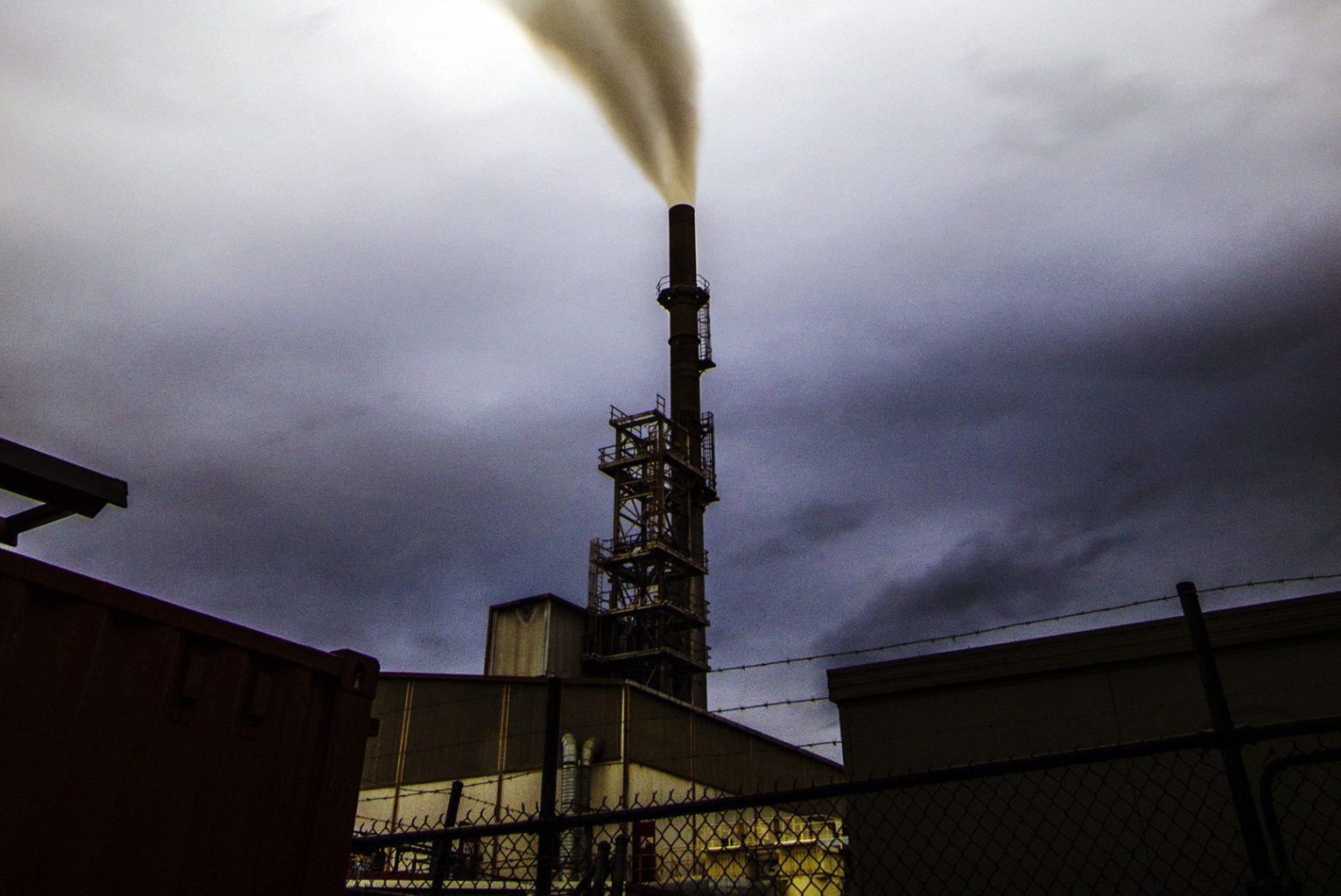Greenhouse gases on the rise
Surging levels of atmospheric CO2 saw concentrations of greenhouse gases reach record levels in 2013, according to new figures released last month.
This concentration increase between 2012 and 2013 was the greatest since records began three decades ago. In 2013, concentrations of carbon dioxide reached 396 parts per million (ppm), the highest level in at least 800,000 years, up 3ppm from 2012.
Although this one percent increase does not sound like much, current levels are 142 percent higher than preindustrial levels and their effects have already impacted our daily lives. Methane and nitrous oxide were 153 percent and 21 percent higher, respectively, than pre-industrial levels; however their overall numbers are much lower than that of CO2.
Michel Jarraud, secretary general of the WMO said “The Greenhouse Gas Bulletin shows that, far from falling, the concentration of carbon dioxide in the atmosphere actually increased last year at the fastest rate for nearly 30 years,”
The World Meteorological Organisation (WMO) is calling for a global treaty to reduce the concentration of greenhouse gases, further reinforced by these new findings in their annual Greenhouse Gas Bulletin.
The Greenhouse Gas Bulletin doesn’t measure emissions from power station smokestacks but instead records how much of the warming gases remain in the atmosphere after the complex interactions that take place between the air, the land and the oceans.
“We must reverse this trend by cutting emissions of carbon dioxide and other greenhouse gases across the board,” said Michel Jarraud.
We are running out of time.
However, global average temperatures have not risen with the sustained growth of CO2, leading to many voices claiming that global warming has paused.
“The climate system is not linear, it is not straightforward. It is not necessarily reflected in the temperature in the atmosphere, but if you look at the temperature profile in the ocean, the heat is going in the oceans,” said Oksana Tarasova, chief of the atmospheric research division at the WMO.
The Bulletin also suggests that in 2013, the increase can also be attributed to a reduced carbon uptake by the Earth’s biosphere. The biosphere, which includes trees and living things and the oceans, both absorb around 25% of manmade CO2 emissions each. If this ratio is reduced, it remains in the a tmos p h e r e , where it can stay for hundreds of years. The last time that a reduced ability for the biosphere to absorb carbon was recorded was in 1998, when large-scale biomass burning was coupled with an El Niño event.
For Oksana Tarasova, the current drop is therefore especially worrying, as there are no such obvious factors to point to. She went on to say that “we don’t understand if this is temporary or if it is a permanent state, and we are a bit worried about that.” She suggested that “it could be that the biosphere is at its limit but we cannot tell that at the moment.”
For the first time, the Bulletin includes data on the acidification of the oceans caused by carbon dioxide. According to the WMO, the oceans absorb about 4kg of CO2 per person per day, which is the highest rate for 300 million years. The oceans’ ability to absorb heat was already thought to be largely responsible for the so-called “global warming pause” that has meant global temperatures have not risen as fast as some scientists expected over the past few years.
Michel Jarraud says “The evidence of the atmosphere and oceans underlines the need for urgent, concentrated political action to tackle the problem.” This demonstrates the urgency with which this needs to be “acknowledged and we have the tools for action to try to keep temperature increases within 20°C to give our planet a chance and to give our children and grandchildren a future”.
The world’s political leaders gathered in New York on September 23 for a summit called by UN secretary general Ban Ki-Moon. The purpose of this summit was to initiate negotiations that aim to deliver a new climate change directive by the end of 2015.
UK climate secretary Ed Davey has outlined the UK government’s roadmap to an agreement set to be agreed in Paris at the end of next year. Mr Davey stressed that a deal in Paris would not just help limit the impacts of global warming, it would kick-start a massive transition to low carbon energy production internationally.

Comments